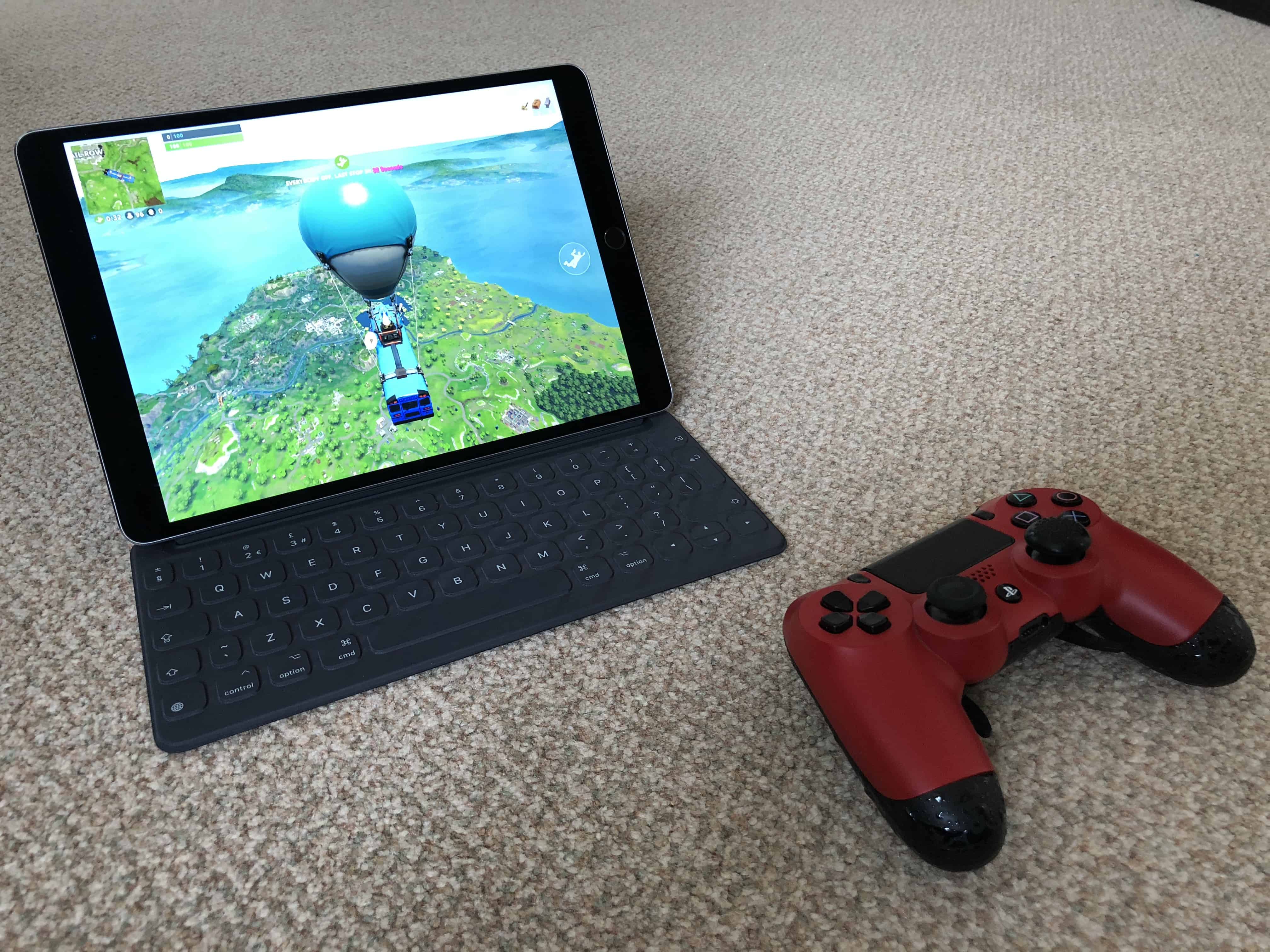Fortnite for iOS finally supports wireless game controllers. After installing the latest version 7.30 release, you can connect a compatible MFi controller and bid goodbye to fiddly touch controls.
But don’t expect exactly the same experience as on consoles, and don’t assume you’re going to have an advantage over other mobile players.
Here’s what you need to know about playing Fortnite for iOS with a controller.
This post contains affiliate links. Cult of Mac may earn a commission when you use our links to buy items.
Until today, the best way to play Fortnite portably was on the Nintendo Switch. Its physical controls gave it a big advantage over mobile, and allowed players to properly compete against others on PlayStation 4 and Xbox One. But that’s no longer the case.
Connect a controller to your iOS device and you’ll enjoy a very similar experience, but with better graphics, a larger display (if you play on iPad), and a faster frame rate (the latest iPhones and iPads support 60 fps, whereas the Switch maxes out at 30).
But there are some things you should be aware of before ditching touch controls.
The controls are different
There are some differences between MFi controllers and those you would typically use to play on PS4 and Xbox One. The biggest is the lack of L3 and R3 buttons, which are important in Fortnite.
By default, these buttons are used to sprint, crouch, and repair structures on console. To make up for the fact that they’re missing on iOS, Epic uses a directional button (down) for crouch and repairs. Users can then activate the sprint by default option.
The lack of L3 and R3 buttons, which are usually activated by pressing down on the left and right analog sticks, is an MFi limitation. Apple’s guidelines don’t call for these, so controller manufacturers haven’t been installing them in gamepads built for iOS.
It’s important to remember, however, that if you can’t get used to this, Epic gives players the option to remap every button in Fortnite. You can choose any control scheme you want from within the game’s settings menu.
You won’t be playing with other mobile players
The other big change for mobile players with a controller is that you will no longer play against other mobile players. As Gamevice explains, you’ll be matched with others who are also using a controller — including those on console.
This is to ensure a level playing field. Those who play with touch controls are at a huge disadvantage, and it wouldn’t be fair to throw them into the same games as controller users. Epic does the same with console players who use a keyboard and mouse; they are automatically matched with PC players in the interests of fairness.
This doesn’t mean you can’t play with friends on mobile, however. If you’re in a squad with other mobile players, Epic won’t break you up — it just means the mobile players will have to accept that most of the players they encounter will be using physical buttons and sticks, not touch controls.
Get an MFi controller if you don’t already have one
That’s pretty much all you need to know about playing Fortnite on iOS with a controller. It’s the same game, but it’s much more enjoyable. And there’s no reason to continue with touch controls anymore.
If you don’t already have an MFi controller, treat yourself to one when you get the chance. Even if you only ever use it to play Fortnite, the difference it makes will be worth the cash you spend.
We recommend getting either the SteelSeries Nimbus, or one of the clip-on controllers from Gamevice, which are better suited to portable play.


